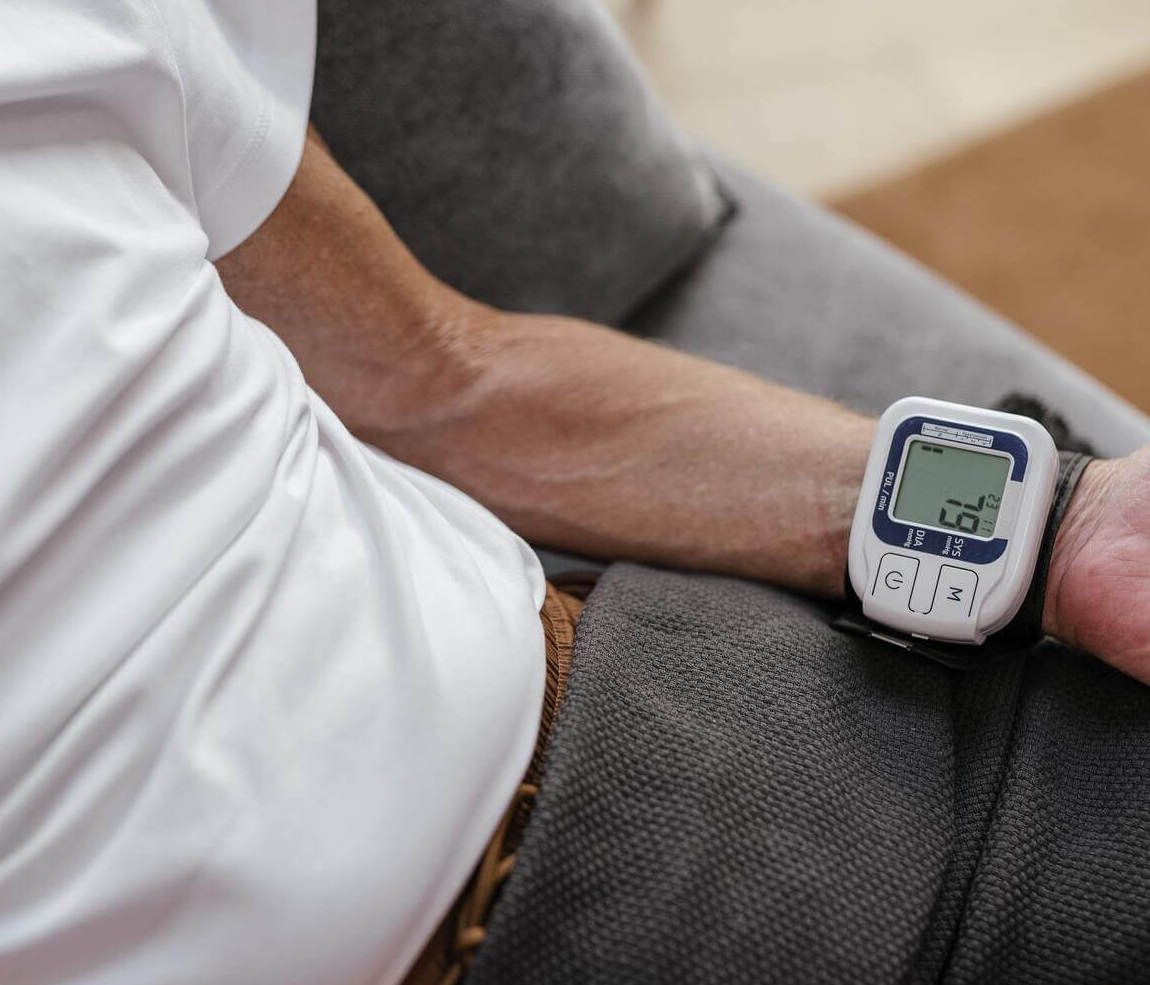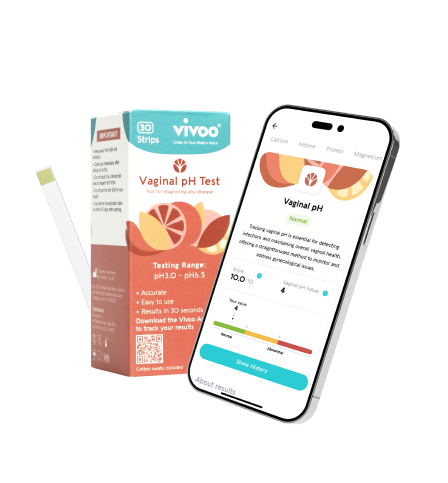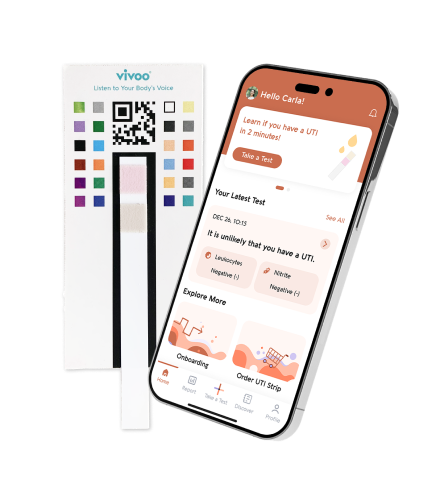Heart blockage, also known as coronary artery disease, is a condition that occurs when the blood vessels that supply oxygen and nutrients to the heart become narrowed or blocked. This can lead to chest pain, shortness of breath, and even heart attack. While it's important to consult a healthcare professional for an accurate diagnosis, there are some simple tests you can do at home to precautionary check for heart blockage risk.
In this article, we will discuss how to check for heart blockage at home and what steps you should take if you suspect you may have this condition.
Measuring Your Heart Rate
If you check in with your healthcare practitioner, your doctor will examine your heart rate and rhythm by taking your pulse. Each pulse corresponds to a heartbeat, which pushes blood through your arteries. Knowing your pulse allows your doctor to assess the strength of your blood flow and blood pressure in various places of your body.
Feeling your pulse may tell you how quickly your heart is beating and if it is regular. The amount of times your heart beats in one minute is referred to as your heart rate.
To take your own pulse, do the following:
- Get a watch with a second hand.
- Put your index and middle fingers on the inner wrist of the opposite arm, right below the base of the thumb. Taping or pulsating should be felt against your fingertips.
- Count how many taps you feel in 10 seconds.
- Multiply that figure by 6 to get your heart rate for one minute.

How Do You Measure Your Pulse At-Home?
Measuring your pulse at home can be an easy and convenient way to monitor your cardiovascular health. Whether you're looking to track your fitness progress or keep an eye on any underlying health conditions, knowing how to measure your pulse accurately is an important skill.
You'll need an analog watch with a second hand (one with a clock face rather than digital numerals). Place your index and middle fingers on the hollow area of your other arm's inner wrist, directly below the base of the thumb.
Your heartbeat should be felt as a tapping or pulse on your fingertips. Examine your watch and count how many taps you feel in 10 seconds. Multiply that figure by 6 to get your heart rate for one minute. A typical pulse rate ranges from 60 to 100 beats per minute.
Measure pulse with a device
A variety of gadgets, including at-home blood pressure units, digital fitness trackers, and smartphone applications, may detect your heart rate.
A wireless monitor worn around your chest is the most precise instrument for measuring your heart rate. It communicates with a fitness tracker placed on your wrist.
Digital fitness monitors, at-home blood pressure equipment, and smartphone applications are less precise than manually assessing your heart rate. These gadgets, however, are pretty precise and extremely handy while exercising.
Metal hand grips on exercise machines may be used to monitor your heart rate, although they are often erroneous. Checking your heart rate while exercising is most effective whether done manually or with a digital fitness tracker.

How Do You Measure Your Blood Pressure At-Home?
A blood pressure monitor is required to test your blood pressure at home. Because there are many various types of home blood pressure monitors, you must follow the directions that came with yours.
Some have an arm cuff, while others have a wrist cuff. After 5 minutes of silence, measure in a calm environment. Stay steady while reading and take two or three readings, one to two minutes apart. Make a note of your dimensions.
When you're at rest, an adult's blood pressure should be less than 120/80. The 120 represents the systolic pressure. The 80 represents the diastolic pressure.
A blood pressure measurement of 130/80 or greater is considered high blood pressure, often known as hypertension.
Years of high blood pressure may cause your artery walls to harden and constrict, obstructing blood flow to your heart. It may increase heart disease or a heart attack risk.
Your blood pressure may rise or fall based on your age, heart condition, emotions, exercise level, and medicines. A single high result does not indicate that you have high blood pressure. To determine your normal numbers, you must measure it at several occasions while resting.
Blood tests
Your doctor may recommend a blood test to examine your salt, potassium, albumin, and creatinine levels. Abnormal levels may indicate a possible decline about your kidneys and liver functions, as well as indicators of heart.
A blood test may detect cholesterol levels, including LDL "bad" cholesterol and HDL "good" cholesterol. It may also aid in the diagnosis of other heart-related diseases such as anemia and thyroid illness.
When Should You Get Help?
Bradycardia is characterized by a persistently low heart rate. A low heart rate with no additional symptoms is typically indicative of a highly healthy heart muscle in healthy young individuals or trained athletes.
A low heart rate, on the other hand, might indicate a significant underlying condition. Get help if your heart rate is less than 60 beats per minute and you experience chest discomfort, but also if you suffer from dizziness, weakness, or fainting.
With the convenience of modern technology, checking your heart health at home has become easier than ever. By using simple devices such as blood pressure monitors, heart rate monitors, and blood tests, you can get a quick and easy assessment of your heart's wellness. Regular monitoring of these vital signs can help you detect any potential issues early on and make the necessary lifestyle changes or seek medical attention if needed.










